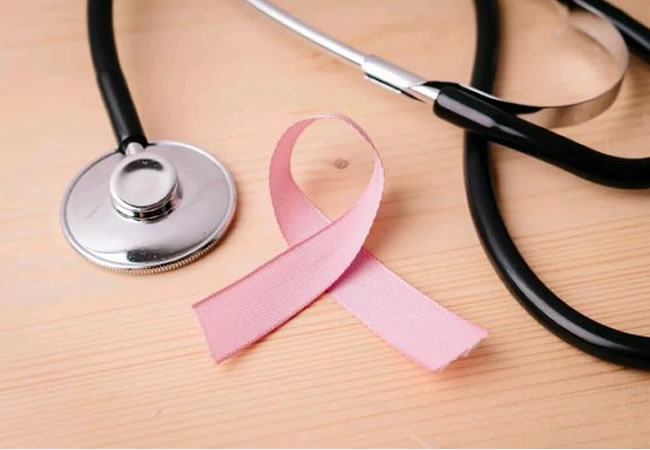Facts you didn’t know about breast cancer
Facts Everyone Should Know About Breast Cancer
The World Health Organization declared October as Pink Month in 2015 as part of a global effort to raise awareness about breast cancer.
Pink Month is a month dedicated to educating those who are worried about breast cancer, emphasizing early detection and signs and symptoms.
Breast cancer kills more than 500,000 women worldwide each year, according to the report. The majority of women with breast cancer in resource-limited countries are detected at an advanced stage of disease, resulting in dismal survival rates.
The apex health body defines breast cancer as “a disease in which abnormal breast cells grow out of control and form tumours. If left unchecked, the tumours can spread throughout the body and become fatal.”
Breast cancer cells develop in the milk ducts and/or the lobules of the breast that produce milk. The initial form (in situ) is not dangerous. Cancer cells can invade adjacent breast tissue and spread. This results in tumors, which cause lumps or thickening.
Invasive tumors can spread (metastasize) to surrounding lymph nodes or other organs. Metastasis is potentially lethal. However, treatment is determined by the individual, the type of cancer, and its spread.
Breast cancer can spread to other parts of the body, causing additional symptoms. The lymph nodes beneath the arm are frequently the first detectable site of dissemination, while cancer-bearing lymph nodes that cannot be touched are possible.
Breast cancer occurs in every country on the planet, with men accounting for around 0.5% of all cases, despite the fact that the female gender is the highest risk factor for breast cancer. Men’s breast cancer treatment follows the same management concepts as women’s.
In 2020, there will be 2.3 million new cases of breast cancer and 685,000 deaths worldwide. As of the end of 2020, 7.8 million women had been diagnosed with breast cancer in the previous five years, making it the world’s most common malignancy. Breast cancer occurs in every country around the world in women at any age after puberty, with a higher incidence in later life, according to a WHO article.
Signs and Symptoms
Breast cancer symptoms may include: a breast lump or thickening, often without pain; a change in the size, shape, or appearance of the breast; dimpling, redness, pitting, or other changes in the skin; a change in the appearance of the nipple or the skin surrounding the nipple (areola); abnormal or bloody fluid from the nipple.
Risk Factors
While a family history of breast cancer increases the risk of the disease, other risk factors for the disease include age, harmful alcohol use, a family history of breast cancer, a history of radiation exposure, tobacco use, postmenopausal hormone therapy, reproductive history (such as the age at which menstrual periods began and the age at which the first pregnancy occurred), and obesity.
WHO stated, “most women diagnosed with breast cancer do not have a known family history of the disease. Lack of a known family history does not necessarily mean that a woman is at reduced risk”.
Treatment
Treatment for breast cancer is tailored to the disease subtype and stage of advancement. The treatment strategy differs depending on whether the cancer is limited to the breast (stages 0-I) or has progressed to lymph nodes or other regions of the body (stages II-IV).
Doctors frequently utilize a combination of treatments to reduce the chance of recurrence, including surgery, radiation therapy, chemotherapy, hormone therapy, and targeted therapy.
Early identification is critical, and anyone with an atypical breast lump, regardless of pain, should seek medical attention right away. While the majority of breast lumps are benign, a quick diagnosis allows for successful treatment if cancer is identified and the tumor is small and contained.
Cancerous cells can spread to other organs such as the lungs, liver, brain, and bones, causing additional symptoms such as bone pain or headaches. Early medical intervention raises the chances of successful treatment and better outcomes. Regular screenings and self-examinations are critical for early detection and efficient breast cancer care.
Surgery to remove the breast tumor, radiation therapy to lower the chance of recurrence in the breast and surrounding tissues, and medications to kill cancer cells and prevent spread, such as hormone therapies, chemotherapy, or targeted biological therapies, are among the treatments available.







